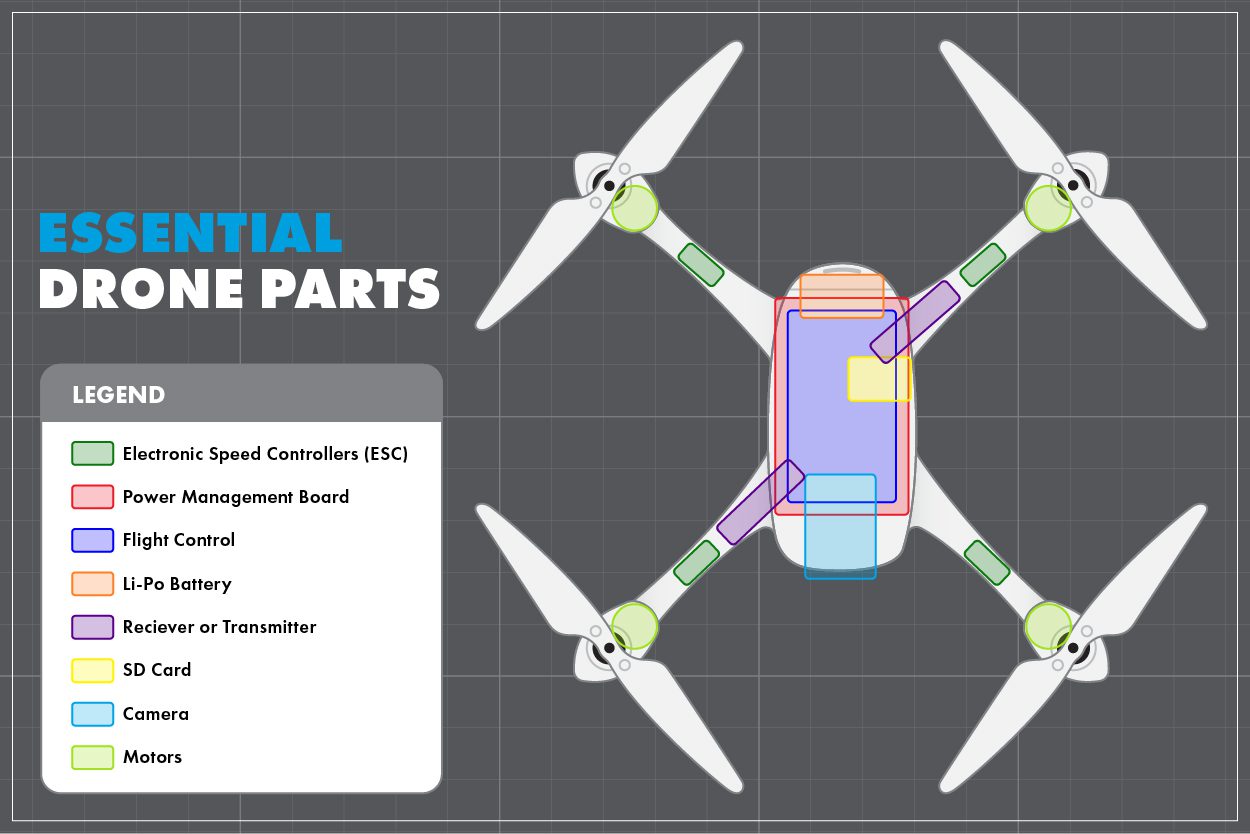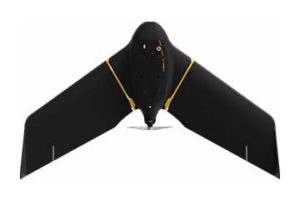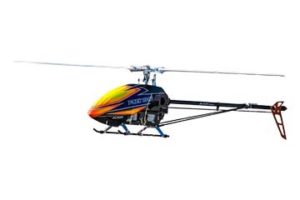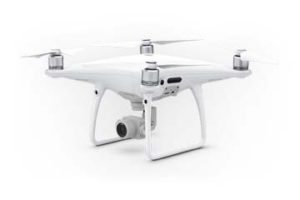All About Drones for Beginners
FlyGuys began four years ago with the vision of providing drone services to industries such as construction, engineering, surveying and agriculture. Drones save time and money and tremendously decrease the risk factor of dangerous work.
But what if you are new to the drone world, or haven’t come on board fully? This article will teach you all you need to know about drones from a beginner’s point of view.
Brief History
The first modern drone, the De Havilland DH.82B Queen Bee aircraft, was invented in 1935 in response to the Royal Air Force’s need to train pilots. Prior to that, drone-like aircrafts (hot air balloon, a rocket with an attached camera, Tesla’s radio-controlled boat) had been experimented with, so the idea has been around since the 1800s.
Most drones were used for military purposes until 2006 when the US permitted unmanned aerial vehicles (UAVs) to fly in civilian airspace. The initial purpose of this FAA decision was to enable search and rescue efforts after Hurricane Katrina. At this time the consumer drone industry began to take off.
Functions of a drone
A drone is a flying aircraft that is controlled remotely by a pilot from the ground or independently through a software-controlled flight plan. The drone is made of a lightweight composite material, or frame, that is used to reduce weight and allow easy maneuvering and flight at high altitudes. The material is designed to absorb vibration and reduce the sound produced during a flight.
Drones are made up of two parts, the drone itself and the control system which controls its movement. The four main flight controls for drones are roll, pitch, yaw and throttle. These movements are controlled by sticks on the control panel.
Parts of a drone
While more complex drones may have advanced parts and software, there are basic components of all drones that need to be inspected regularly to ensure smooth flights or help determine any issues.

Diagram showing the components of a drone.
On-board equipment includes electronic speed controllers, a flight controller, batteries, GPS, antennae, a receiver, cameras, sensors (including RGB, ultrasonic and collision avoidance sensors), an accelerometer which measures speed, and an altimeter which measures altitude. All basic drones have these components and it is important that you learn the function and purpose of each before flying so you can maintain the upkeep of your drone.
Features of a drone vary based upon the application. Higher-performing cameras with zoom, steadycam and tilt capabilities, artificial intelligence that allows the drone to follow objects, hover accuracy, obstacle sensory range, and live video feed are a few of the many advanced features which can be equipped to a drone. High-grade sensors such as LiDAR, time-flight sensors and chemical sensors are used for specialty projects that need more in-depth measurements and functionality.
Types of drones
There are two types of drone platforms available: rotor, which includes single- and multirotor, and fixed wing.

A fixed-wing drone.
Fixed Wing Drones
The fixed wing drone looks and functions like an airplane. It glides on its path at faster speeds than rotor drones and cannot stay in one place but can fly at super high altitudes. Fixed wing drones can carry more weight and can fly at more than 16 hours if gas powered.
Though the fixed wing drone is more efficient than other drones, they tend to be more expensive than rotor drones and training is required to fly them. They are also limited to what types of projects they can collect data for since they cannot hover, and their take-off and landing capabilities are more difficult and require a runway.
Fixed wing drones are used for military and commercial purposes and are popular in aerial mapping, inspection, construction, agriculture, security and surveillance verticals.
Rotor Drones

A single rotor drone.
A single rotor drone is much like a helicopter and used to hover vertically in the air. They have a heavy payload capacity and are strong and durable with a long-lasting flight time. Single rotors can be expensive and tend to be harder to fly than a multirotor because of the heavy spinning blade, which can be dangerous.
Though single rotors aren’t as common, they can be used for LiDAR laser scans, aerial imaging, and research.

A quadcopter.
The multirotor is the most popular drone, typically used for surveillance, aerial photography and filmmaking, agriculture and construction. They are easy to manufacture, making them the most affordable drones on the market. These stable drones can hover and are easy to maneuver and take off and land vertically. The downside of these drones is that they have a limited flying time and small payload capabilities.
The number of rotors on the drone’s platform can further classify it as a tricopter, quadcopter (the most popular), hexacopter, or octacopter.
Further classifications
Drones can also be classified by size, range and endurance.
Size
Nano drones are the size of an insect. Small-sized drones are less than 6 feet across. These drones are the most common for commercial use and can handled by one person.
Medium sized drones are smaller than a light aircraft and should be handled by two people. Large drones are often used by military or surveillance and are the size of a small aircraft.
Range
Most consumer drones are close-range, meaning they stay in the air for 20-30 minutes and have a range of three miles. Short-range drones can be controlled up to 30 miles away with flight times of one to six hours. Mid-range drones have a control range of 90 miles and can stay in the air up to 12 hours.
Endurance
Endurance drones can be controlled up to 400 miles away and can stay in the air for three days. These types of drones are mainly used for scientific purposes.
If you are just beginning your drone journey as a paid pilot or a hobbyist, FlyGuys recommends the Mavic 2 Pro and the Phantom 4 Pro as these are great starter drones for commercial and personal use.
And, if you are looking to start your drone pilot profession, contact FlyGuys today and see how you can be a pilot.
